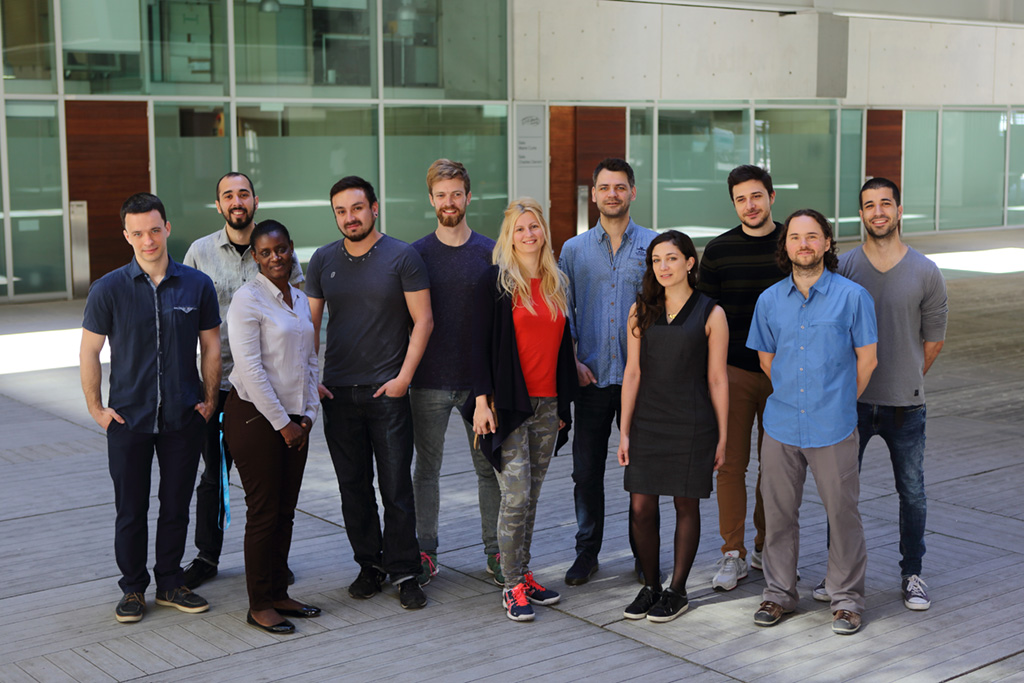Peter S, Oberhettinger P, Schuele L, Dinkelacker A, Vogel W, Doerfel D, Bezdan D, Ossowski S, Marschal M, Liese J, Willmann M.
“Genomic characterisation of clinical and environmental Pseudomonas putida group strains and determination of their role in the transfer of antimicrobial resistance genes to Pseudomonas aeruginosa.”
BMC Genomics, 18(1):859 (2017).
Wambach JA, Stettner GM, Haack TB, Writzl K, Skofljanec A, Maver A, Munell F, Ossowski S, Bosio M, Wegner DJ, Shinawi M, Baldridge D, Alhaddad B, Strom TM, Grange DK, Wilichowski E, Troxell R, Collins J, Warner BB, Schmidt RE, Pestronk A, Cole FS, Steinfeld R.
“Survival among children with “Lethal” congenital contracture syndrome 11 caused by novel mutations in the gliomedin gene (GLDN).”
Hum Mutat, 38(11):1477-1484 (2017).
Zapata L, Susak H, Drechsel O, Friedlander MR, Estivill X, Ossowski S.
“Signatures of positive selection reveal a universal role of chromatin modifiers as cancer driver genes.”
Sci Rep, 7(1):13124 (2017).
Urreizti R, Maria Cueto-Gonzalez A, Franco-Valls H, Mort-Farre S, Roca-Ayats N, Ponomarenko J, Cozzuto L, Company C, Bosio M, Ossowski S, Montfort M, Hecht J, Tizzano EF, Cormand B, Vilageliu L, Opitz JM, Neri G, Grinberg D, Balcells S.
“A De Novo Nonsense Mutation in MAGEL2 in a Patient Initially Diagnosed as Opitz-C: Similarities Between Schaaf-Yang and Opitz-C Syndromes.”
Sci Rep, 7:44138 (2017).
Mohrman AE, Farrag M, Huang H, Ossowski S, Haft S, Shriver LP, Leipzig ND.
“Spinal Cord Transcriptomic and Metabolomic Analysis after Excitotoxic Injection Injury Model of Syringomyelia.”
J Neurotrauma, 34(3):720-733 (2017).
